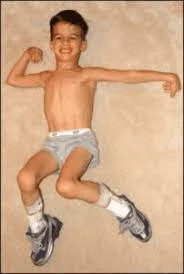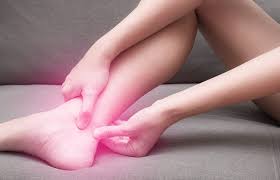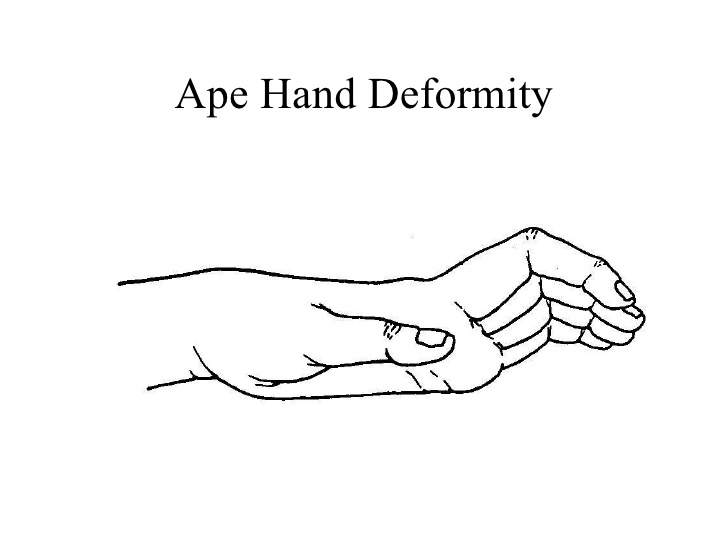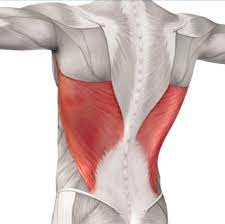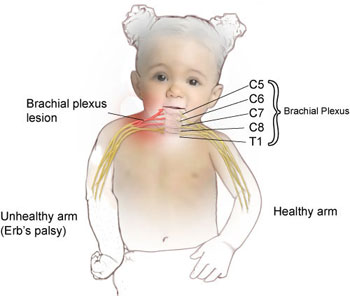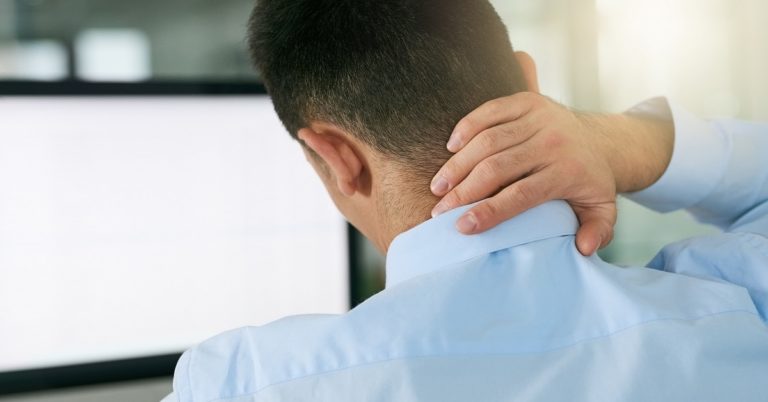Infraspinatus Muscle
What is Infraspinatus Muscle? The infraspinatus is a broad triangular muscle that takes the majority of the dorsal surface of the scapula. It arises mostly from the infraspinous fossa of the scapula,& joins it to the proximal humerus. The infraspinatus is one of the 4 rotator cuff muscles, alongside subscapularis, teres minor & supraspinatus muscles. As a portion of the rotator…

